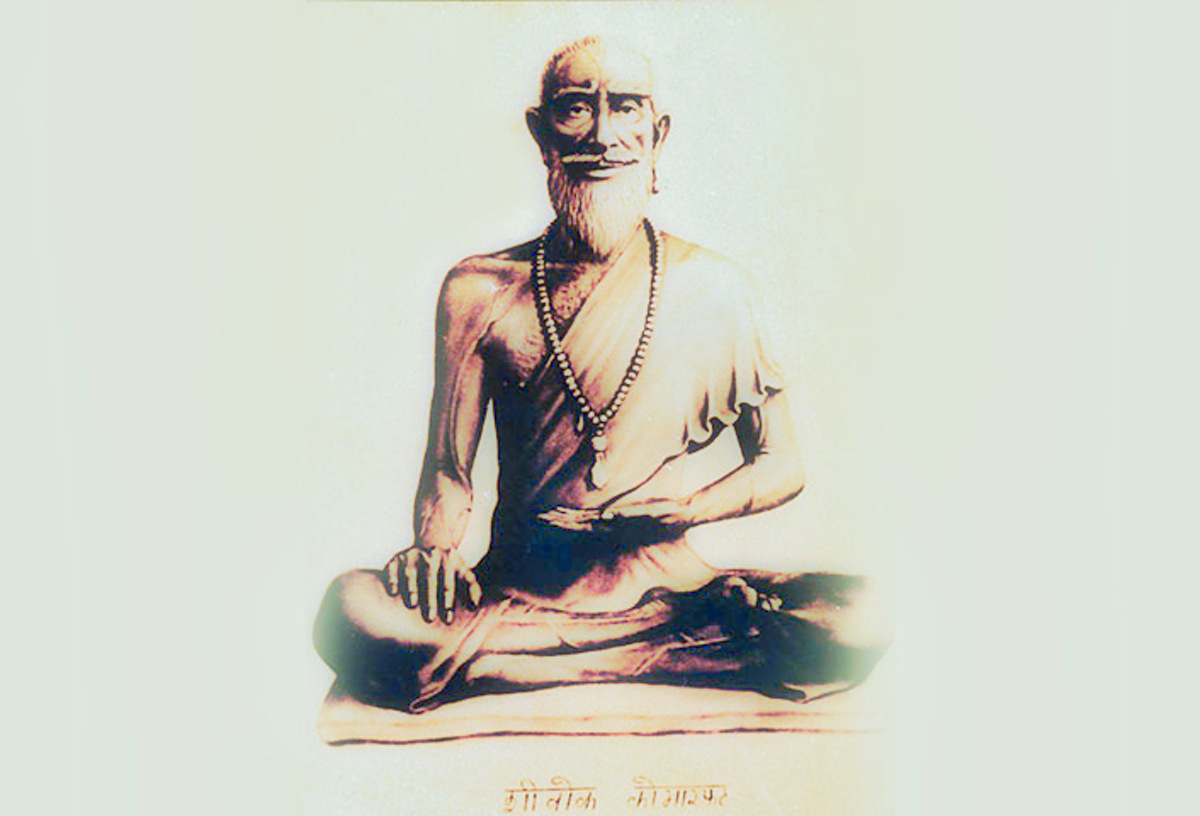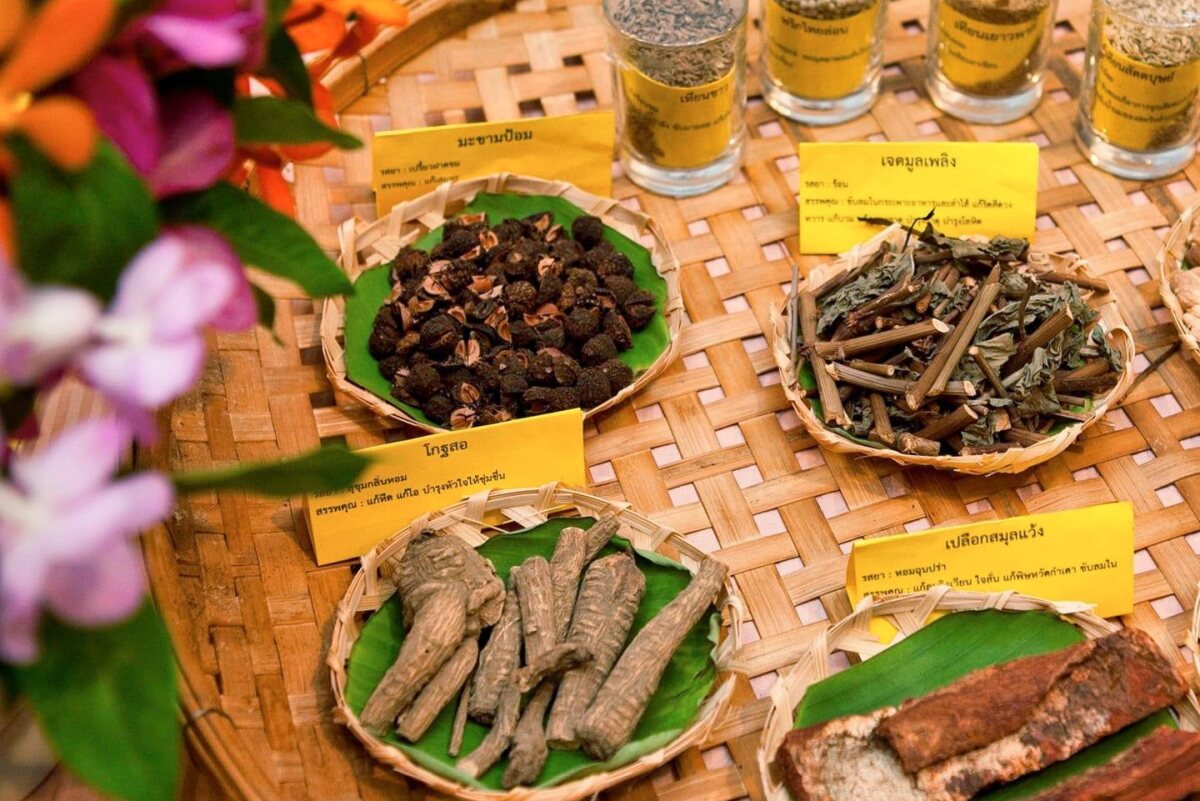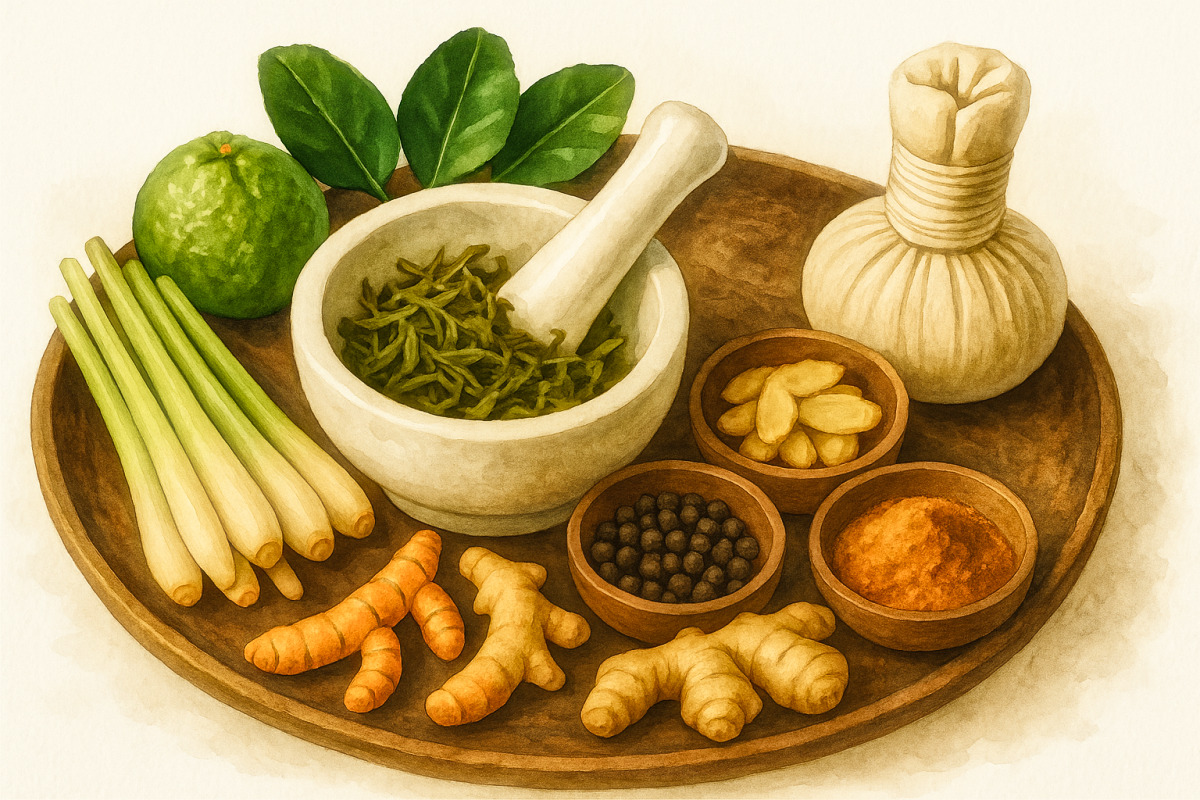In Thai Traditional Medicine (TTM), Jivaka, the Buddha’s personal physician, is honored as the revered father of Thai traditional medicine. Rooted in Buddhism, TTM includes components of Ayurveda, Chinese herbs, and indigenous regional medical practices. Given Thailand’s historic role as a cultural crossroads between India and China, Thai medicine shares many herbs from India and China, with formulas that have stood the test of time.
The earliest records of Thai Traditional Medicine date back to the reign of Jayavarman VII of the Khmer Empire (1182–1186), when 102 hospitals, known as Athokayasala, were established in the northeastern region of present-day Thailand. Each hospital was staffed with 92 personnel, including doctors, nurses, and pharmacists, highlighting the organized nature of healthcare during that era.
TTM flourished during the golden age of King Narai the Great of Ayutthaya. It was during his reign that the first traditional Thai medical textbook was compiled. Although Western medicine had already begun to enter the country, it was not widely accepted at the time.
Under King Rama I of the Rattanakosin era, significant efforts were made to preserve TTM knowledge. This included inscribing various teachings on marble tablets at the royal temple, Wat Pho, in Bangkok. Later, during the reign of King Rama III, Wat Pho was transformed into Thailand’s first open school of Thai Traditional Medicine, with additional inscriptions added to support further education and transmission of knowledge.
In 1888, Siriraj Hospital—Thailand’s first and most prestigious modern medical institution—was established during the reign of King Rama V. Initially, Thai Traditional Medicine was taught alongside Western medicine, and its literature continued to be published and revised. However, under King Rama VI, tensions between Western and traditional medical systems led to the exclusion of TTM from the Siriraj curriculum.
To ensure safety, traditional Thai doctors were required to pass formal board examinations. This led many rural practitioners—unable to comply—to abandon their practices and even destroy their medical texts. Eventually, TTM was officially declared “unscientific” by law.
Despite this decline, World War II brought a turning point. The shortage of Western medicines reignited interest in traditional remedies. Later, under King Rama IX, TTM was revived through government support, resulting in the formation of institutions, schools, and professional organizations dedicated to preserving and promoting the practice.
Today, TTM encompasses four primary branches: medicine, pharmacy, midwifery, and therapeutic massage. Interest in Thai Traditional Medicine has grown steadily, especially in response to the side effects and limitations of modern medicine in treating chronic illnesses. Many practitioners now integrate Eastern and Western approaches, using modern diagnostics such as lab tests to monitor progress and enhance patient care.
TTM shares similarities with other Eastern systems like Ayurveda and Chinese medicine, but it stands out for its strong Buddhist foundation. More than just a healing system, Thai Traditional Medicine is a cultural treasure, passed down through generations, offering a holistic approach to health that continues to evolve in the modern world.




